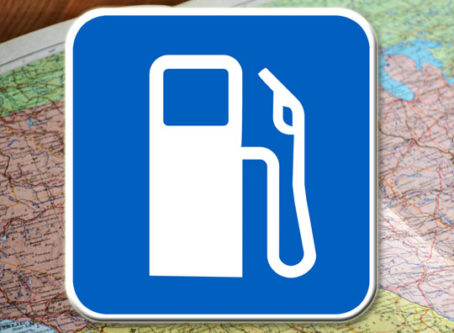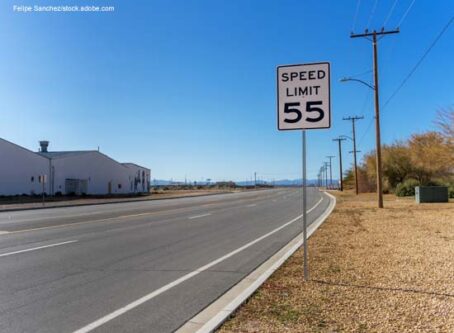Eight states impose fuel tax rate changes Jan. 1
States around the nation are ringing in the New Year with changes in their fuel tax rates.
During the past year about a half dozen states instituted changes.
The most significant change was implemented in New Jersey. On Oct. 1, a 9.3-cent increase in the state’s fuel tax rates was implemented.
The rate increase is tied to a 4-year-old law to regularly raise the stream of revenue to support the state’s Transportation Trust Fund. The rule requires the state treasurer to adjust the tax rate each year to ensure it brings in revenue needed to pay the bills for transportation work.
New Jersey’s tax on diesel now is 57.7 cents per gallon and the gas rate is 50.7 cents.
Additionally, adjustments across the country range from a nickel-per-gallon increase for gas in Virginia to a decrease of 1.9 cents-per-gallon for diesel in Connecticut.
Nebraska takes a dip
The most notable decline to begin 2021 is in Nebraska.
The state will see its 33.2-cent fuel tax rate drop 4.5 cents to 28.7 cents. The decline comes six months after a 3.9-cent increase applied on July 1 to offset a loss of revenue attributed to fewer miles driven during the pandemic.
Nebraska’s fuel tax is made up of three components: the 3.9-cent variable tax, the 16.3-cent fixed tax, and the 8.5-cent wholesale tax. The variable and wholesale rates are adjusted twice annually.
A separate petroleum release remedial action fee is not included in the state tax rates and remains unchanged at 0.9 cents per gallon on gas and at 0.3 cents on diesel.
North Carolina freeze
Another noteworthy change is found in North Carolina. Action taken this year by the state Legislature ensures the state’s 36.1-cent fuel excise rate does not soon dip.
Due to the state’s tax being indexed to a weighted average of energy inflation, a fiscal analysis showed the excise rate was estimated to decrease by 0.9 cents to 35.2 cents at the first of the year.
A new law put a temporary floor on the fuel excise rate. Specifically, the 2021 rate cannot be lower than the current rate.
The change is estimated to increase revenue by $53.6 million over the next two years.
Once the tax floor expires, the rate will revert to whatever it would be without interference from the Legislature.
Fuel tax changes elsewhere
Modest changes of likely one penny or less are expected in states that include Florida, Georgia, New York, Pennsylvania, Utah, and West Virginia. The changes are based on automatic adjustments.
States with automatic adjustments are due to tax rates calculated by percentage of fuel price in addition to a flat excise tax, fuel tax calculated by percentage of fuel price, indexed to Consumer Price Index, and/or other means.
Some states with automatic adjustments are implemented annually while others change more frequently.
According to the Transportation Investment Advocacy Center, there are 20 states with variable-rate state fuel taxes.
The changes are calculated each month, quarterly, every six months, annually, or every two years.
The state of Indiana updates its fuel rates each month. In Vermont, fuel rates are updated quarterly. Tax rates in Alabama and Rhode Island are revised every two years. Nebraska adjusts its tax rate every six months.
Additionally, annual updates are made in Arkansas, California, Connecticut, Florida, Georgia, Illinois, Indiana, Iowa, Kentucky, Maryland, New York, North Carolina, Pennsylvania, Utah, Virginia, and West Virginia. LL









